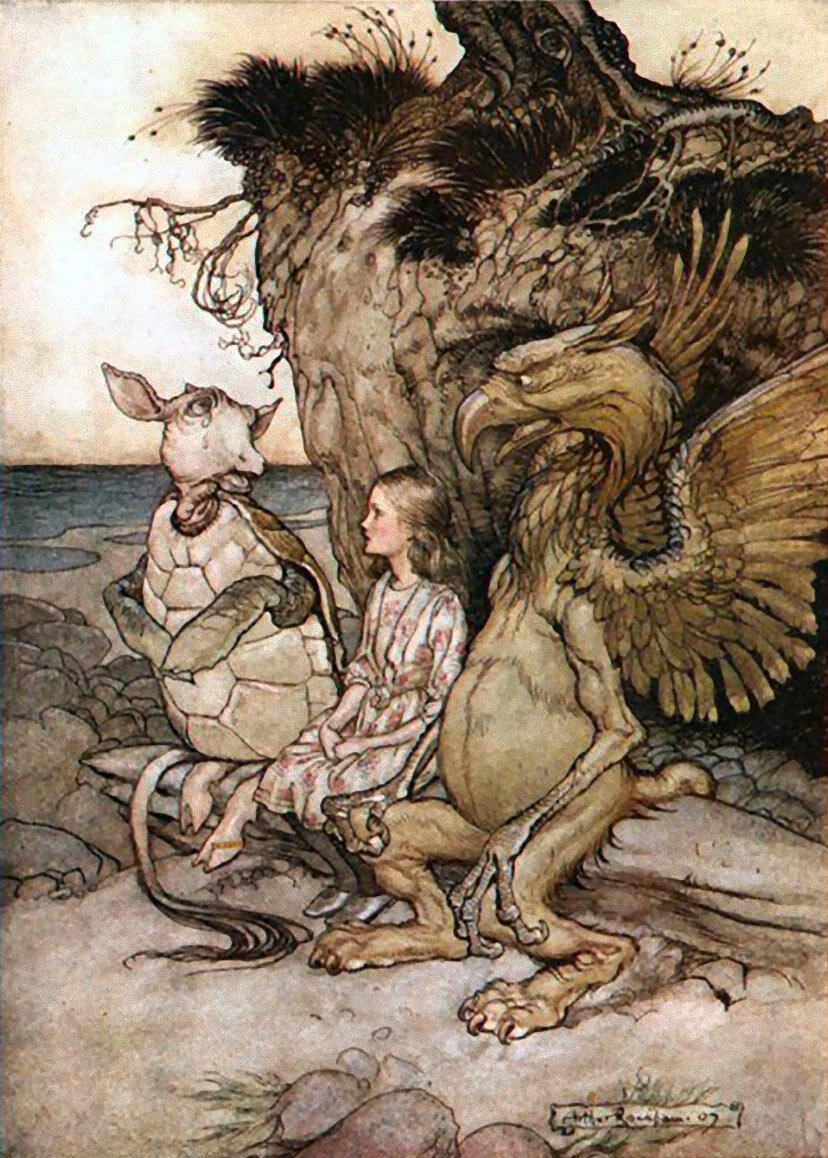
Issue 259 / June 2023
On Ants, Bandicoots And Gilbertian Mimicry
Nature has its way of adapting to almost - if not every - known condition on Earth. It may take some time, but she gets there in the end. Adaptation has one sole aim: survival or, at the very least, a little more comfort. One of the most recent and dramatically rapid examples of biological adaptation occurred in Great Britain following the industrial revolution. Soot had begun to pollute cities which drove the peppered moth, Biston betalaria, to change its colour from speckled black to only black, making it far less conspicuous when resting against the soot-stained walls*. Many insects have devised ways to trick their predators through the art of mimicry. One ant, Myrmecia gulosa, commonly known as the giant bull ant makes use of a form of molecular mimicry: its body has not changed colour but the ant has acquired a protein that parodies a hormone which belongs to its predators, and is able to inflict lasting pain following a sting. The protein is known as OMEGA-myrmeciitoxin(02)-Mg1a, or simply Mg1a, and has recently been shown to mimic vertebrate epidermal growth factor.

 |
Protein Spotlight (ISSN 1424-4721) is a monthly review written by the
Swiss-Prot team of the SIB Swiss Institute of Bioinformatics.
Spotlight articles describe a specific protein or family of proteins on an informal tone. |